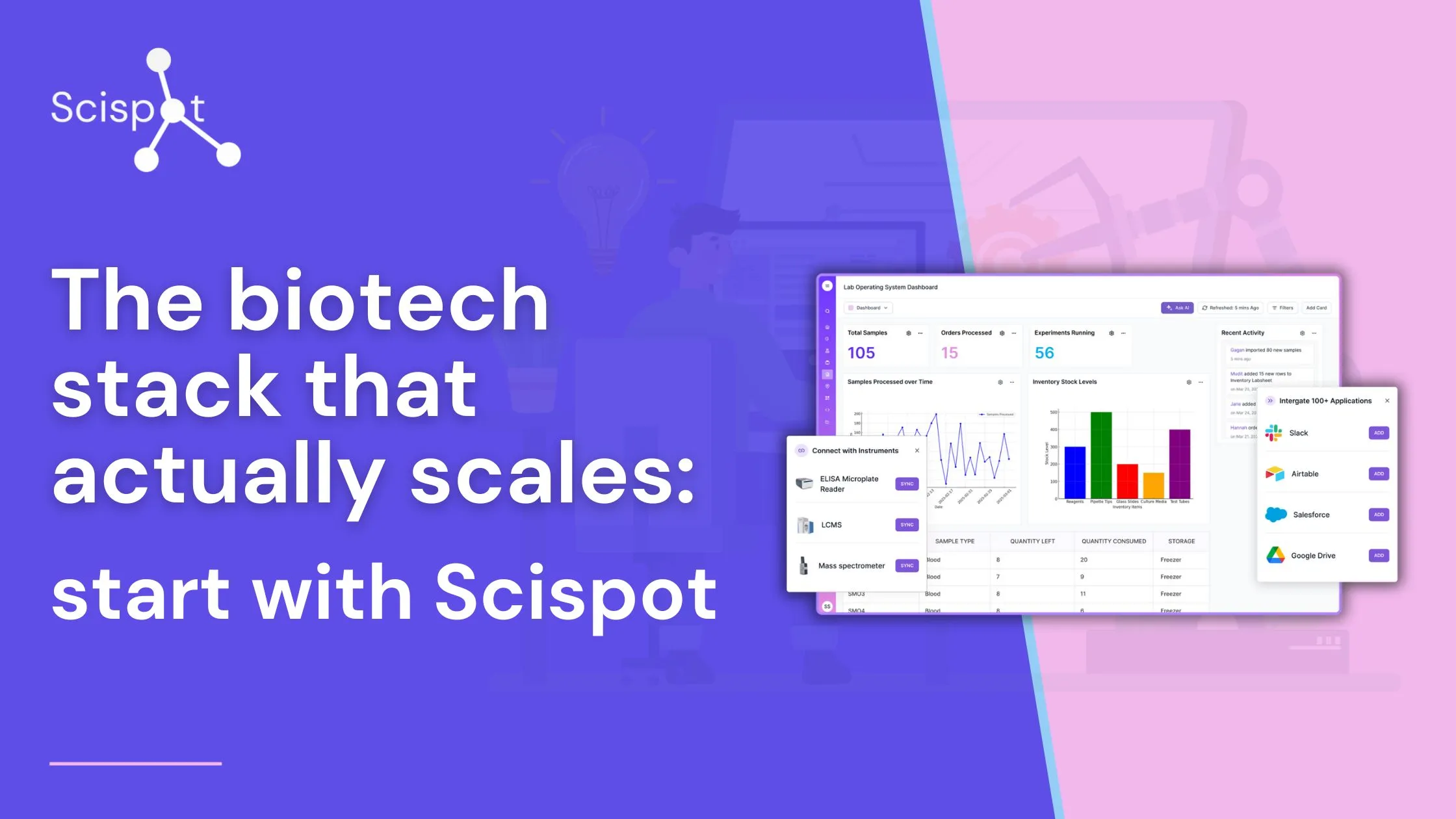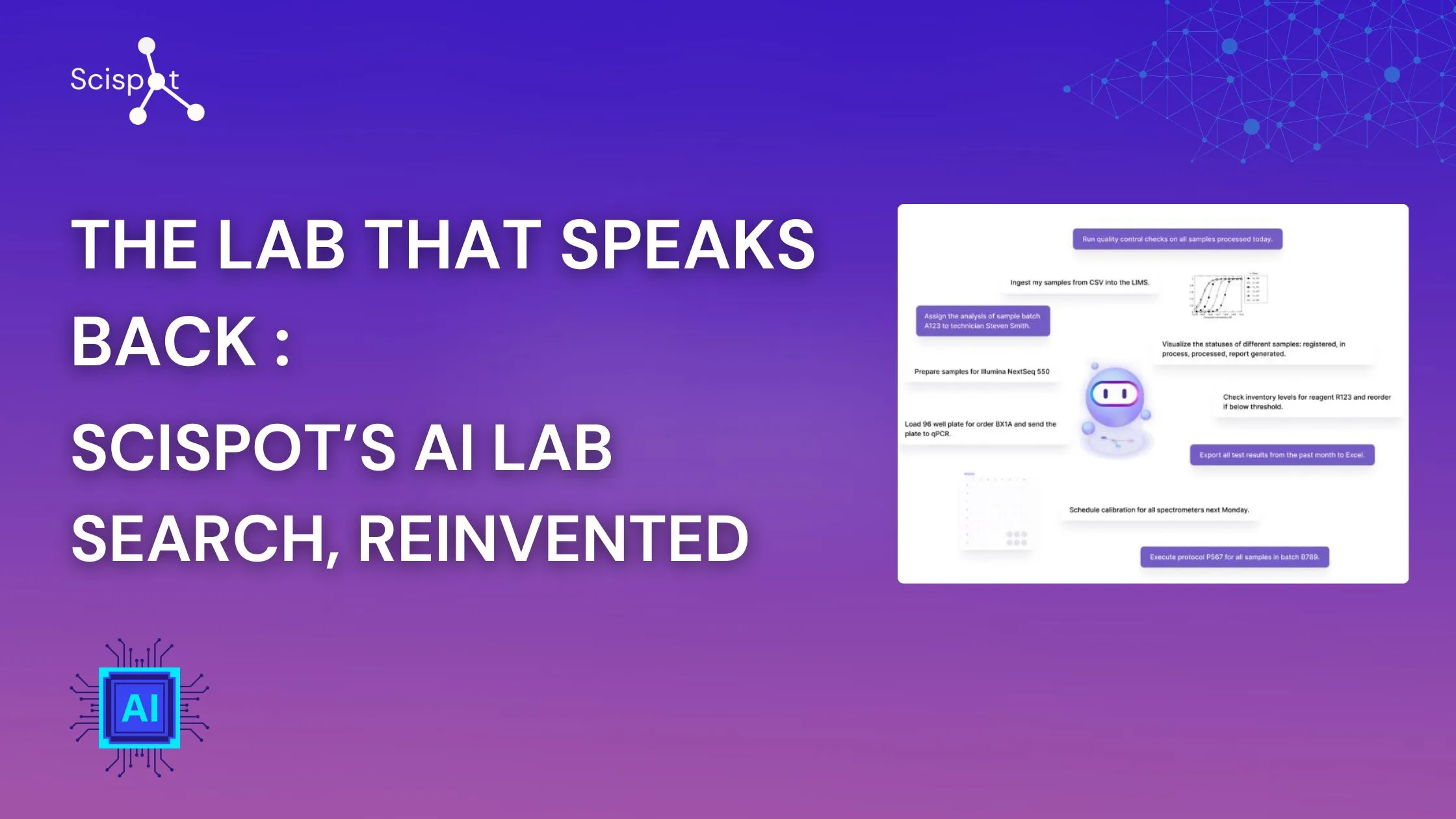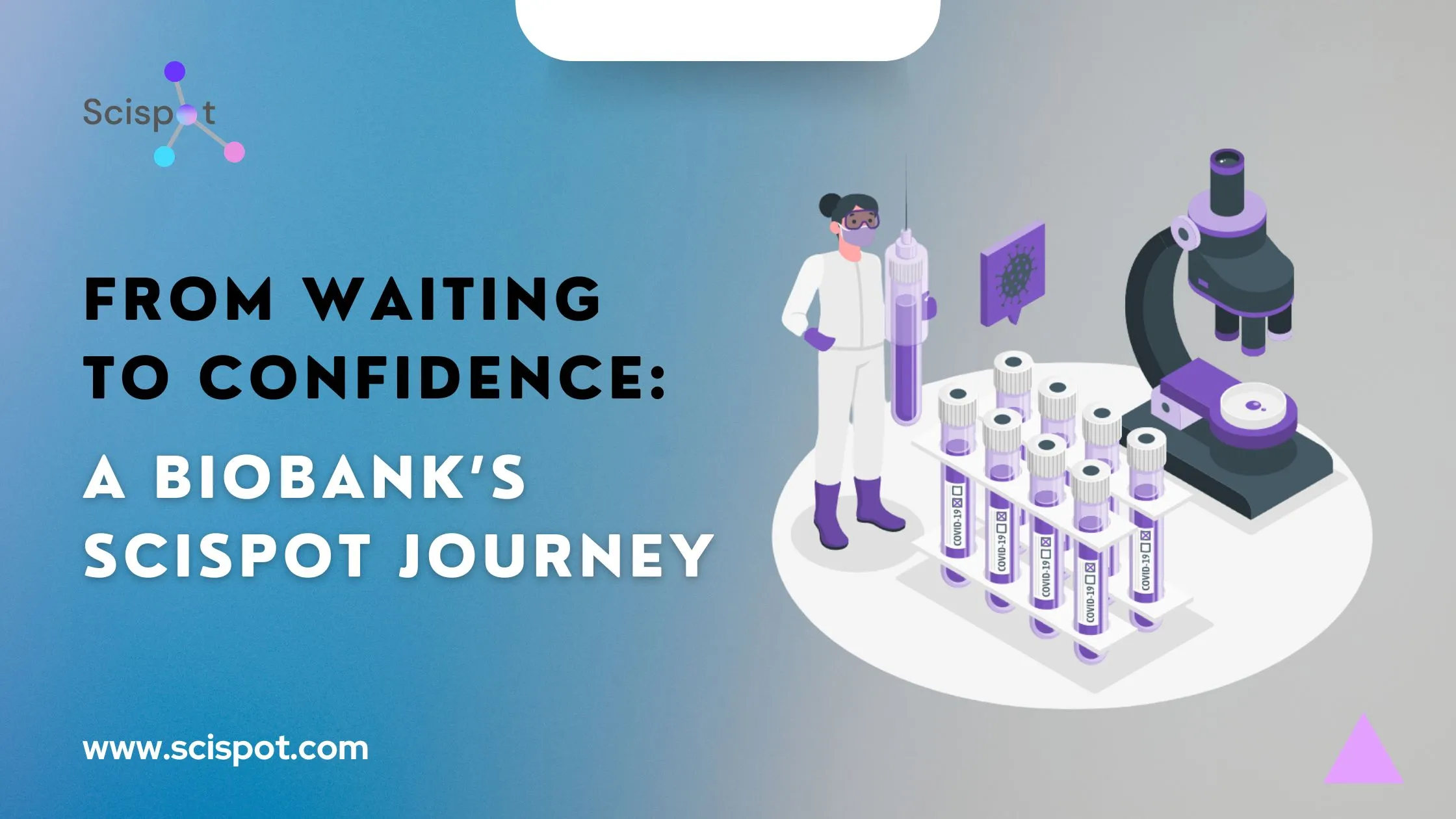The field of biotech lab techniques is progressing rapidly, with innovations reshaping how research and development occur in biotech startups and scaleups. In 2025, breakthroughs in gene editing, artificial intelligence, lab automation, and data management are accelerating discoveries and transforming laboratory operations. As modern laboratories handle increasingly complex workflows and vast datasets, the integration of modern biotech techniques ensures efficiency, scalability, and reproducibility. This article explores some of the most impactful new biotech techniques driving innovation in the industry today.
CRISPR-Cas9 and Next-Generation Gene Editing
CRISPR-Cas9 remains a powerful tool for gene editing, but newer technologies like prime editing and base editing offer improved precision and fewer off-target effects. These innovations enable scientists to make targeted DNA modifications, advancing genetic therapies and personalized medicine. CRISPR-based approaches are now widely used for disease modeling, functional genomics, and therapeutic development. CROs increasingly offer biotech techniques using CRISPR, allowing smaller biotech firms and virtual labs to leverage cutting-edge gene editing without needing extensive wet-lab infrastructure.
Synthetic Biology and Bioengineering
Synthetic biology is enabling researchers to program cells to perform specific functions, from biofuel production to generating synthetic proteins for drug development. By integrating AI-driven molecular design with biotech lab techniques, scientists can engineer biological systems that were previously unattainable. In 2025, synthetic biology is widely applied in modern biotech techniques such as engineered probiotics for gut health, sustainable biomaterial production, and next-generation biofabrication methods.
Organoids and 3D Cell Models
Organoids—miniature 3D models of human organs grown from stem cells—are improving drug testing, regenerative medicine, and disease modeling. Compared to traditional 2D cell cultures, organoids more accurately replicate human organ structures and physiological functions. These new biotech techniques allow for personalized drug screening, providing insights into individual responses to therapies. CROs increasingly offer organoid-based assays, reducing reliance on animal testing and improving preclinical trial efficiency.
Metabolomics for Precision Medicine
Metabolomics analyzes small molecules produced by cellular processes, providing insights into metabolic changes associated with disease. This technique helps identify biomarkers for early disease detection and treatment response. By integrating AI-powered analytics with modern biotech techniques, researchers can analyze vast metabolomic datasets, leading to more precise diagnostic tools and targeted therapies in areas such as oncology, neurology, and cardiovascular medicine.
Single-Cell Sequencing for Advanced Insights
Single-cell sequencing enables researchers to study genetic and transcriptomic differences between individual cells, providing a deeper understanding of cancer heterogeneity, immune responses, and neurological disorders. These biotech techniques allow scientists to detect rare cell populations and reconstruct developmental pathways, making it a critical tool in regenerative medicine and precision oncology.
AI & Machine Learning in Drug Discovery
Artificial intelligence (AI) and machine learning (ML) are transforming drug discovery, reducing the time and cost associated with developing new therapeutics. AI-driven models predict molecular interactions, streamline candidate selection, and optimize experimental workflows. Biotech companies in 2025 rely on biotech lab techniques enhanced by AI to identify drug targets, analyze protein structures, and simulate clinical trial outcomes, significantly accelerating R&D processes.
Microfluidics and Lab-on-a-Chip Technology
Microfluidic devices manipulate tiny fluid volumes, enabling high-throughput screening and miniaturized lab experiments. Lab-on-a-chip platforms facilitate real-time diagnostics, single-cell analysis, and automated drug screening. These new biotech techniques improve reproducibility, reduce reagent consumption, and enable point-of-care diagnostics for infectious diseases, oncology, and metabolic disorders.
RNA Therapeutics and mRNA Technology
Following the success of mRNA vaccines, RNA-based therapies are expanding into oncology, rare disease treatment, and protein replacement therapies. Advances in mRNA stability and targeted delivery systems are making these therapies more effective. These modern biotech techniques are now being integrated with lipid nanoparticle (LNP) delivery systems and gene-silencing approaches like siRNA and ASO-based drugs, further broadening their potential.
Lab Automation and Robotics in Biotech
Automation is becoming essential in biotech, with robotic systems handling liquid transfers, sample processing, and high-throughput screening. AI-powered lab assistants are also improving data collection and reducing human error. These biotech techniques are streamlining workflows, increasing productivity, and enabling biotech firms to scale operations efficiently without proportional increases in labor costs.
A Single, Unified Data and Lab Management Platform
As biotech companies adopt increasingly sophisticated biotech lab techniques, efficient lab automation and data management are crucial. Scispot provides a unified modern biotech techniques platform that integrates automation, data management, and workflow optimization to support biotech R&D.
Scispot helps researchers streamline their laboratory operations, manage complex datasets, and ensure compliance with industry regulations. From high-throughput screening to automated sample tracking, Scispot enables biotech teams to stay agile in the fast-paced 2025 research landscape.
For a deeper look into how Scispot enhances new biotech techniques, explore this Scispot blog on bridging wet and dry lab workflows.
Conclusion
The biotech landscape in 2025 is shaped by breakthroughs in gene editing, AI-driven discovery, automation, and advanced analytics. Researchers are leveraging modern biotech techniques to drive innovation, improve healthcare, and enhance efficiency in lab operations.
As these new biotech techniques continue evolving, companies must adopt cutting-edge platforms like Scispot to remain competitive in an increasingly data-driven and automated industry.












